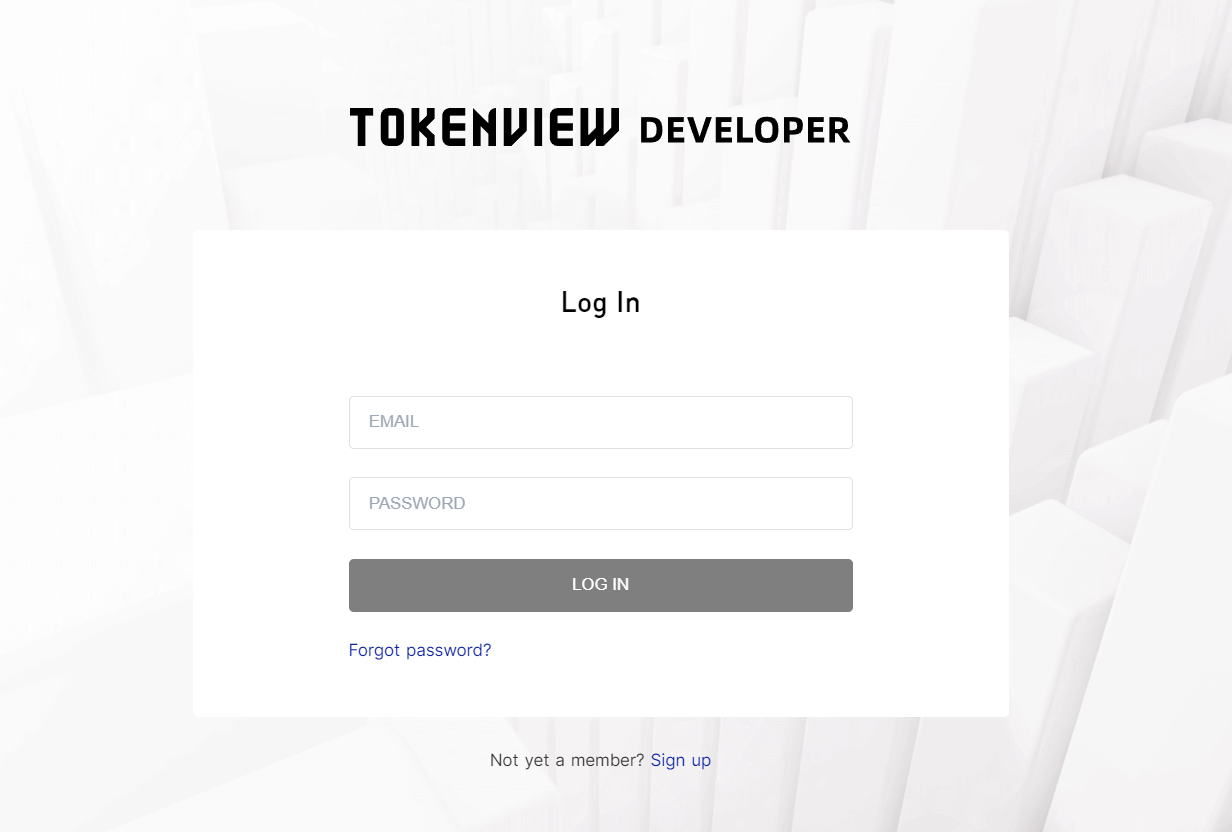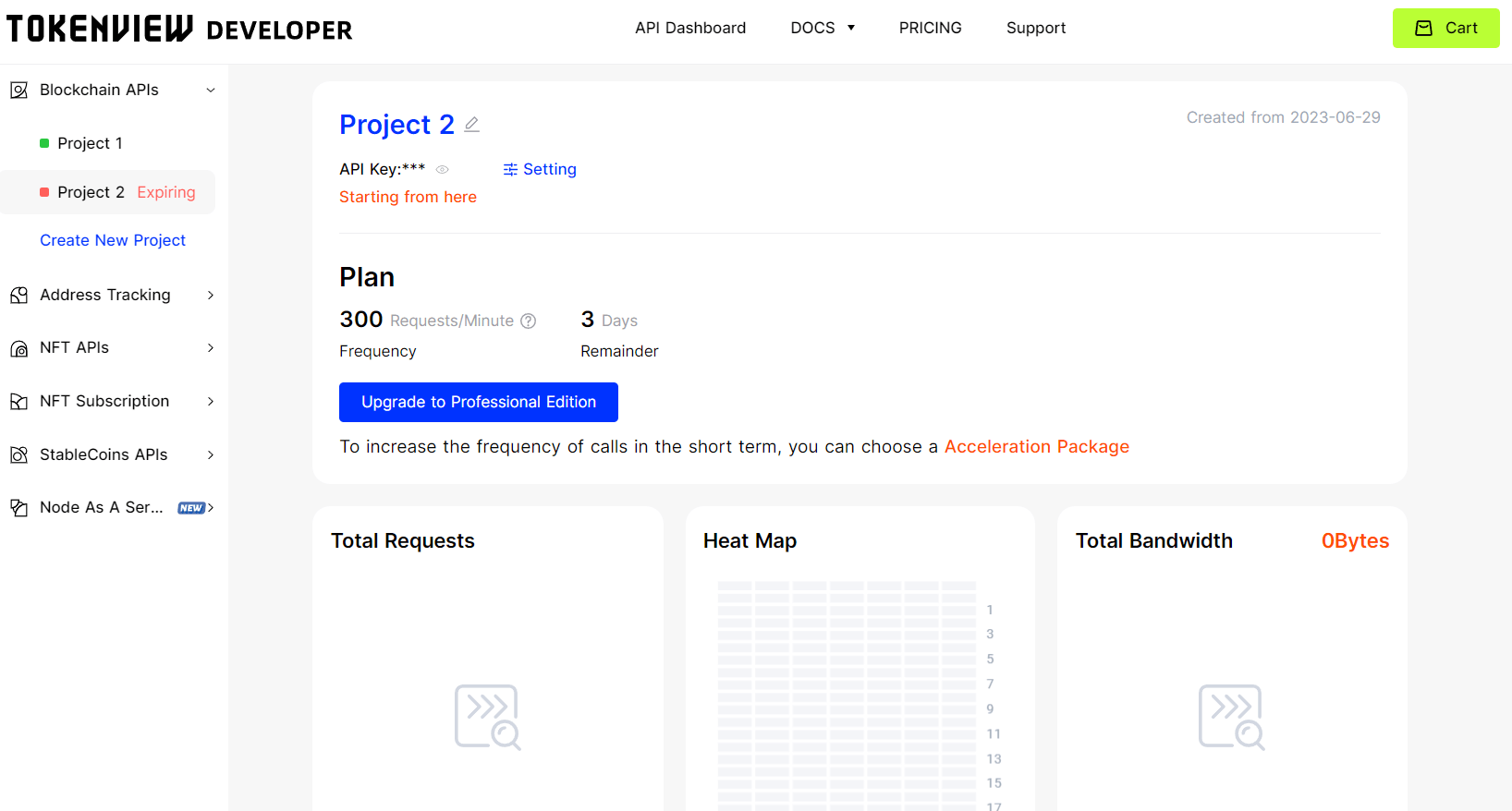What Is ENS Domain and How to Get ENS Domain Data with Tokenview Blockchain API
What Is ENS Domain and How to Get ENS Domain Data with Tokenview Blockchain API
What is ENS Domain?
ENS stands for Ethereum Name Service. It is a decentralized domain name system built on the Ethereum blockchain. ENS allows users to register and manage domain names ending in .eth, similar to traditional domain names like .com or .net. And Tokenview blockchain API to get the real time of ENS Domain Data quickly.
Tokenview Blockchain API
What is Tokenview Blockchain
As the blockchain infrastructure builder and leader, Tokenview blokchain API platform is committed to providing fast, stable, scalable and secure crypto infrastructure services for Web3.

How to Develope XXXX with Tokenview Blockchain API
1. Account Registration
You can register by email, and activate the account by typing in the received verification code in the email box. The system supports password recovery and resetting.

2. Free APIKey
You will get a new created project, it means your account is registered successfully. A project contains a project id and a APIKEY, each APIkey has 3-day free trial. API Key is the KEY used to request APIs and the full node services. With API Key, you can get 300 requests per minute.

3. What a Tokenview Blockchain API can do?
You can easily send requests with API Key and get result successfully. Tokenview also provide the Blockchain API Doc.
4. Develop the Dex Screener with Data API
Users can easily get all the onchain data with Tokenview blockchain API. Tokenview Blockchain APIs provides on-chain data for 120+ public chains, BTC, ETH, TRX, Layer2, Cosmos, zk-SNARKs, privacy networks and more. From here you can get the latest transaction data and historical transaction data.
For exsample: I'd like to get the address of Dex exchanger for developing DEX Screener, just use the APIKEY and choose the right API URL.

Any other real-time about ENS Domain data or services you could get from the platform.
With ENS, users can associate their Ethereum addresses, decentralized websites, and other resources with human-readable domain names. This makes it easier for users to interact with decentralized applications (dApps) and blockchain-based services, as they can use simple and memorable names instead of long and complex addresses.